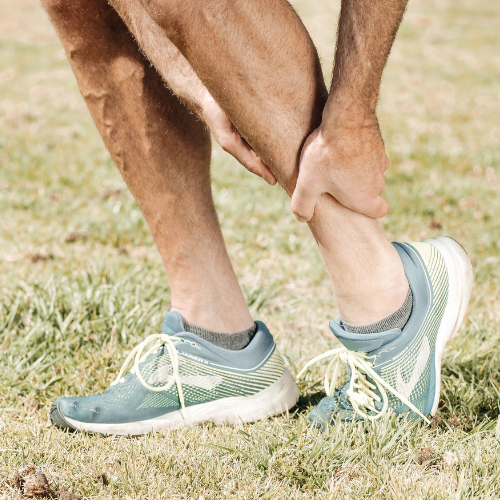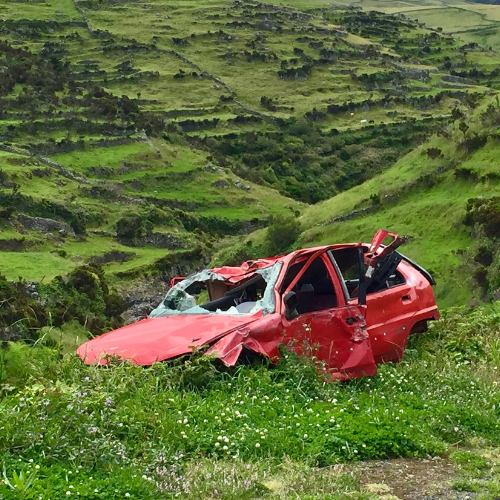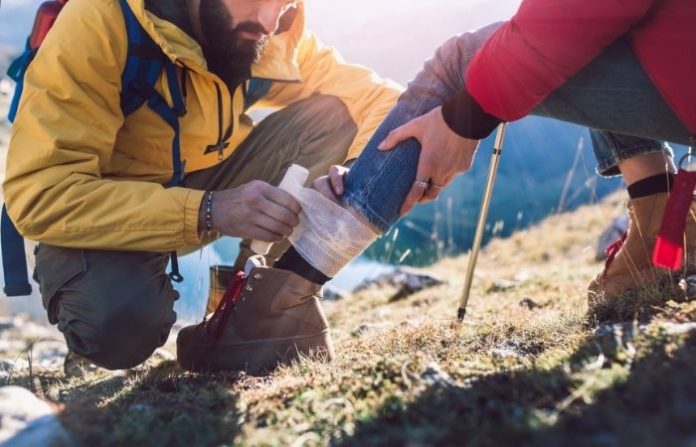First aid is the earliest and easiest management even a bystander can do to a victim. However, since not all people are well-informed and well-trained in terms of accurate first aid measures, most of us only rely on information that has been passed to us and has been proven effective or correct by virtue of tradition alone.
More often than not, these kinds of information are already obsolete and are not backed with accurate scientific studies to make them an effective way to provide first aid treatment. Instead of giving early relief from an injury, we might even cause someone further insult due to the wrong information that we keep on believing.
For this reason, we’ve listed ten first aid fallacies and what’s actually fact and real.
1. Fallacy: Heimlich maneuver is ALWAYS necessary during incidents of choking.
Fact: If someone is choking, you must always remember to keep your composure and to not use Heimlich maneuver in just a snap. Assessment is very crucial before you can start any first aid treatment.
In the case of a choking victim, check first if he/she can still talk or is already turning blue due to complete obstruction. The latter requires Heimlich maneuver so that air will push the blockage upward and be removed in the process. However, if the victim can still talk, that means the blockage is only partial and can be dislodged by normal coughing. Avoid giving fluids because it can take up the space remaining within the victim’s airway.
Source: Emergency Physicians
2. Fallacy: Tilt your head back to stop bleeding.
Fact: Lean forward, pinch your nose.
Nose bleeding, according to medical experts, is not always a medical emergency. If the bleeding doesn’t stop after five to six minutes, then that’s the time that you should seek professional help.
To provide first aid, ask the victim to lean forward and pinch the nose just below the bone. Tilting the head backward might cause someone additional danger especially if heavy bleeding is suspected.
Source: University of Michigan
3. Fallacy: Apply hot compress to a sprain

Fact: Apply cold compress.
Using hot compress will only increase the severity of inflammation not just of sprains but also of strains and fractures. Cold compress, on the other hand, will minimize both swelling and pain sensation so it’s advisable to use a cold compress for 10 full minutes with another 10-minute interval for 24-48 hours.
Source: University of Michigan
4. Fallacy: Cut the snake bite with a knife, apply a tourniquet to the extremity, and suck the bloody wood to remove the snake venom.
Fact: Apply a splint or cover the area with clean cloth and go to the emergency room as soon as possible.
Contrary to popular belief, you shouldn’t suck out a victim’s blood. It will only put the rescuer’s life in danger because the area underneath the tongue is highly vascular and can easily absorb blood with the snake venom.
Cutting the wounds to let the blood ooze out has the risk of damaging several nerves and tendons so it will be better to leave the wound as it is. The same goes with tourniquet because cutting off the blood supply to any area of the body, as we all know, will only leave that body part damaged and non-functional.
Source: WebMD
5. Fallacy: Put butter or petroleum jelly to the burned area.
Fact: Flush the burned area with cool water and apply antibiotic ointment to decrease the risk of infection.
Using butter, mayonnaise or petroleum jelly will only cause further injury because they contain substances that enclose more heat when applied to the skin. You can either flush or submerge the burned area with cool water to minimize pain sensation and stop the heating process. If the victim has too many blisters or gained third-degree burns, immediate medical attention is necessary.
Source: Mayo Clinic
6. Fallacy: Apply tourniquet above a bleeding extremity.
Fact: Pad the bleeding area with numerous layers of gauze pads and seek medical attention especially if the injury is caused by animal bites.
This is actually the same with snake bites; one should never apply a tourniquet to a bleeding or wounded area because it will cut off the blood supply to that body part or extremity. Amputation will be unavoidable once an extremity is considered useless due to blood supply impedance.
Source: Healthline
7. Fallacy: Move an unconscious victim from the area of the car accident.

Fact: Don’t move the victim and avoid removing the victim’s helmet (for motorcycle riders) until paramedics arrive.
Road accidents usually involve spinal cord injuries so it’s always better to leave the victim in his original position especially if immediate threats to life like fire is non-existent. Any unnecessary movement might cause paralysis or even death to the victim because spinal cord controls virtually everything within a human body.
Source: Brisbane First Aid Courses
8. Fallacy: Let the seizure victim bite a spoon so he won’t bite his own tongue.
Fact: Never put anything inside a victim’s mouth.
If someone is having a seizure, it’s either the victim is naturally an epileptic or suffering convulsion for the first time. During this emergency, avoid touching the victim unless you consider it necessary to transfer him to a safer place. Putting a spoon in the victim’s mouth will only lead to two things: it’s either he will break the object or his teeth which can lead to an accidental choking.
Source: WebMD
9. Fallacy: Break the blister.
Fact: Leave the blister as it is.
Popping the blister will only expose the underlying skin to further damage and possible infection. The blister will normally heal on its own.
Source: Healthline
10. Fallacy: Use alcohol sponge bath to reduce fever.

Fact: Use tepid sponge bath to lower the body temperature. Take over the counter drugs and if fever persists, take the person imediately to the hospital.
Rubbing alcohol has a higher rate of vaporization that’s why they can cause chills to the patient, making the experience more uncomfortable. In addition to that, children absorb alcohol directly through their lungs and as we all know, they are too sensitive with this kind of chemical.
First aid is necessary to save lives but if done in the wrong way, it can cause further injury to the victim. As health care professionals, it is one of our primary responsibilities to disseminate health information that is effective and accurate at the same time. Everyone can save lives but to make this possible, everyone must educate themselves on the myths and misconceptions regarding first aid treatment.
Source: Verywell Health




















